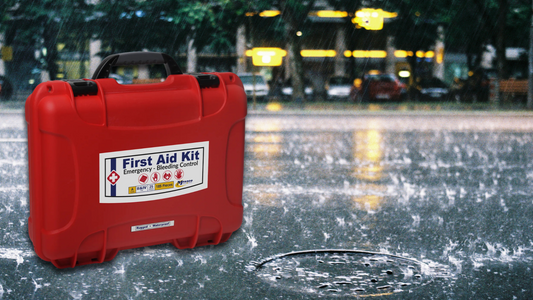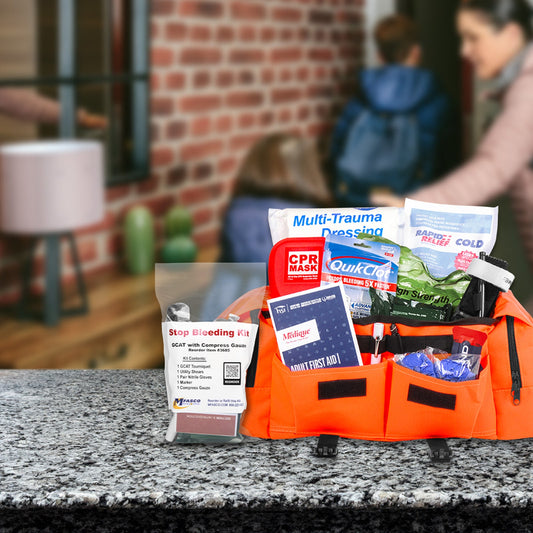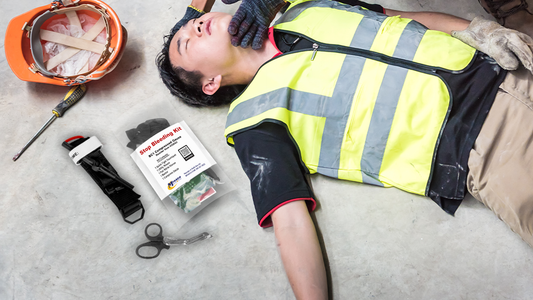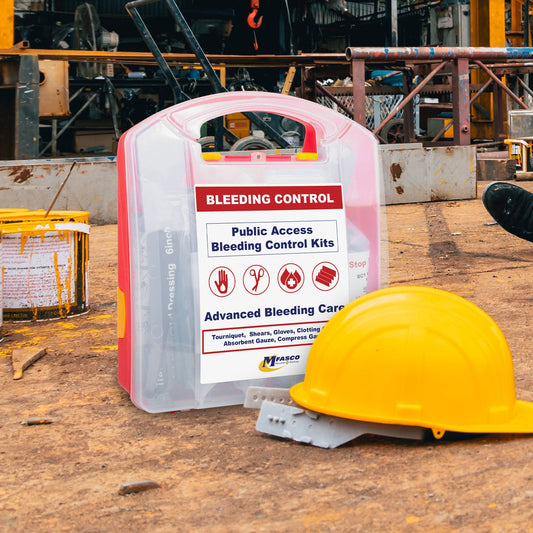Flood Emergency First Aid Kit Guide
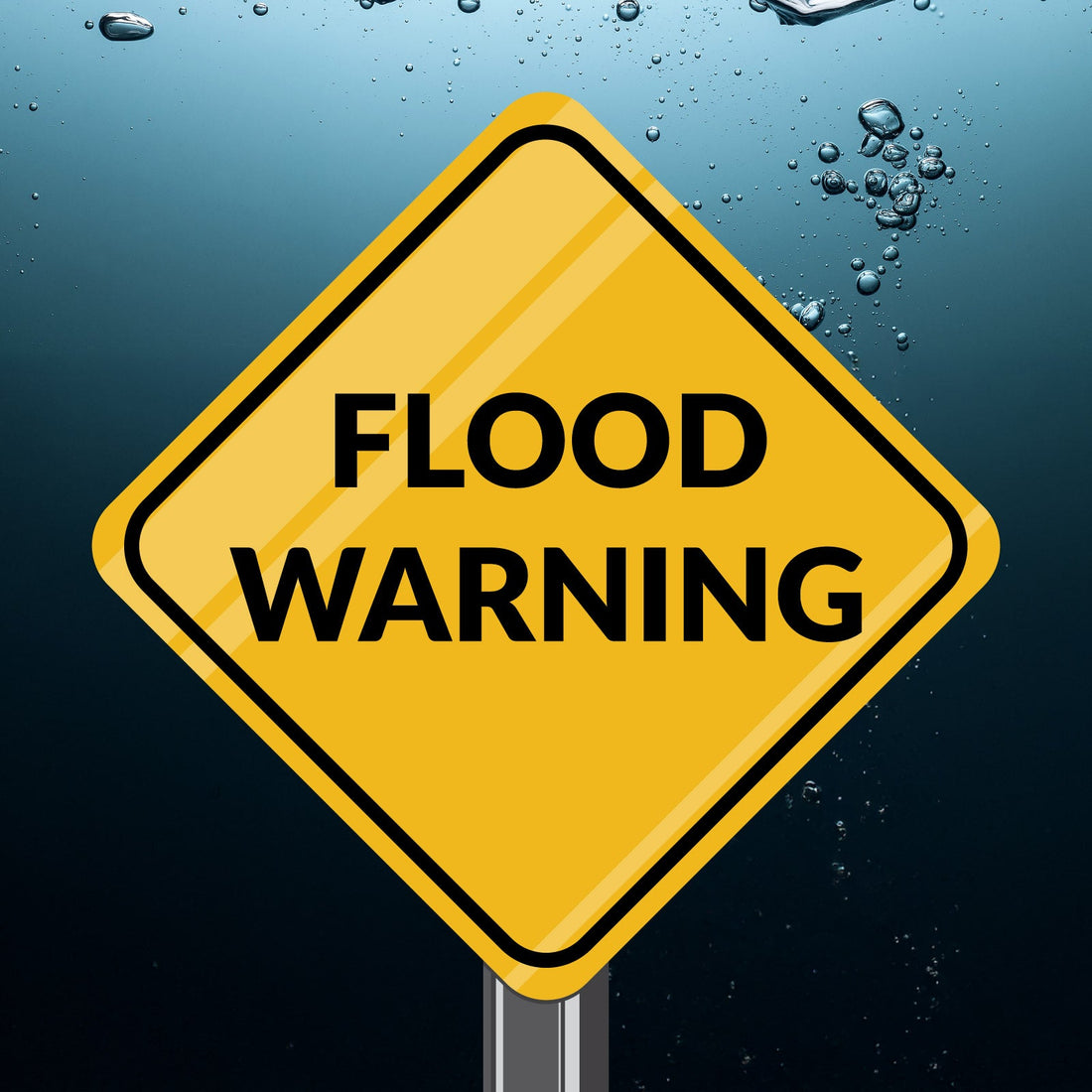
Floods are one of the most common natural disasters, and they often occur with little warning. Whether caused by heavy rainfall, hurricanes, or overflowing rivers, floods can quickly lead to dangerous conditions. Having a flood emergency first aid kit on hand can help you manage the immediate health risks during and after a flood, such as injuries from debris, infections from contaminated water, and hypothermia.
The Risks Floods Pose to Health
Floods introduce a range of health threats beyond drowning or physical injuries. Floodwaters often carry pathogens, sewage, and chemical pollutants that can cause serious infections. One of the major concerns during floods is waterborne illnesses, such as gastrointestinal infections and leptospirosis, which spread through contaminated water. Cuts and scrapes are particularly vulnerable to infections like tetanus, so having the right supplies to treat wounds and prevent infections is crucial. Additionally, standing water creates a breeding ground for mosquitoes, leading to an increased risk of mosquito-borne diseases like West Nile virus or malaria in certain regions.
Floods also exacerbate chronic health conditions by limiting access to medical care. People with respiratory issues may suffer from mold exposure, which commonly follows flood events. Similarly, those who depend on daily medications may find their access disrupted. This highlights the importance of having not only basic first aid but also prescription medications and items that mitigate environmental hazards in your flood emergency kit.
Key Components for Your Flood First Aid Kit
While standard first aid kits cover everyday emergencies, a flood-specific kit requires additional items to address the unique hazards posed by water damage and contamination. Here’s what you should include:
- Waterproof storage: Use a durable, waterproof case like the one found in the Waterproof First Aid & Bleeding Kit to protect your supplies. Flood environments often involve water exposure, so ensuring your kit stays dry is essential.
- Wound care supplies: Include antiseptic wipes, sterile gauze, and bandages to prevent infection. Floodwaters can be contaminated with harmful bacteria, so keeping wounds clean is critical. These supplies are found in kits such as a Family Emergency First Aid Kit.
- Water purification tablets: Safe drinking water can be scarce during a flood. Include purification tablets or a water filter to ensure clean, safe drinking water.
- Hypothermia prevention: Floods often occur in cold weather or leave you soaked. Add emergency blankets and warm clothing to your kit.
- Hand sanitizers and disinfectants: Keeping clean is challenging when water supplies are contaminated. Stock up on sanitizers, disinfectant wipes, and gloves, like those found in Biohazard and PPE Kits.
Health Challenges Following Flood Events
In a flood situation, injuries and health risks go beyond just physical wounds. Floodwaters can introduce contaminants, and stagnant water increases the risk of infection and waterborne diseases. Having a comprehensive kit with the right supplies—and knowing how to use them—will provide a layer of safety until help arrives.
For more resources on preparing for floods and customizing your first aid kit, check out the Make Your Own Kit feature, allowing you to tailor your emergency supplies for flood-specific needs.
Contributing Expert

Mike Brinker
Mike Brinker has been working in the first aid industry for over 35 years. He has worked with thousands of businesses,groups, and organizations to provide a healthy and safe work environment. Mike helped create “Make-A-Kit”, the internet's only online first aid kit creation tool. He has also authored many helpful first-aid and safety-related resource articles found at the MFASCO Learning Center.

